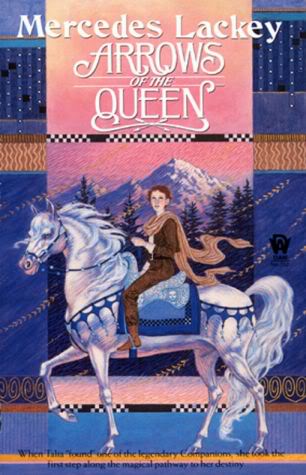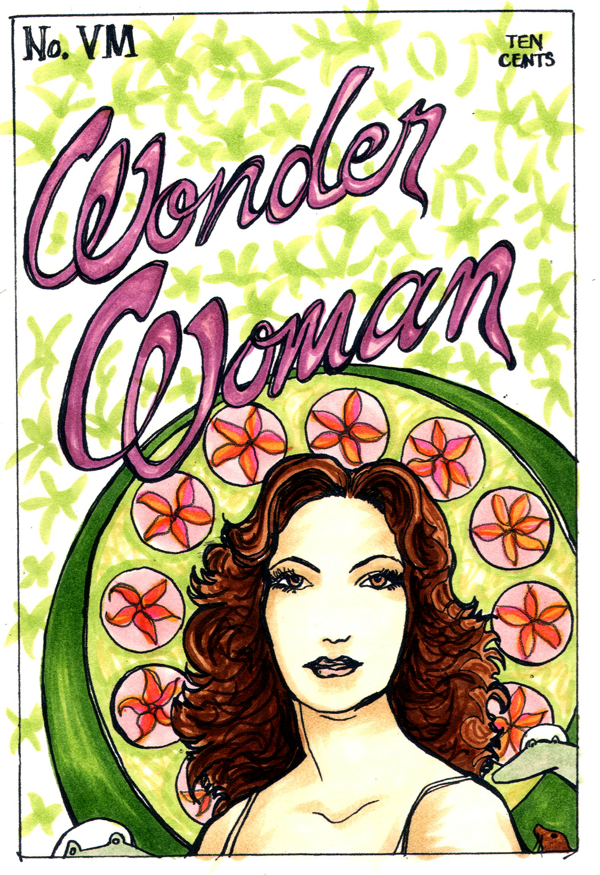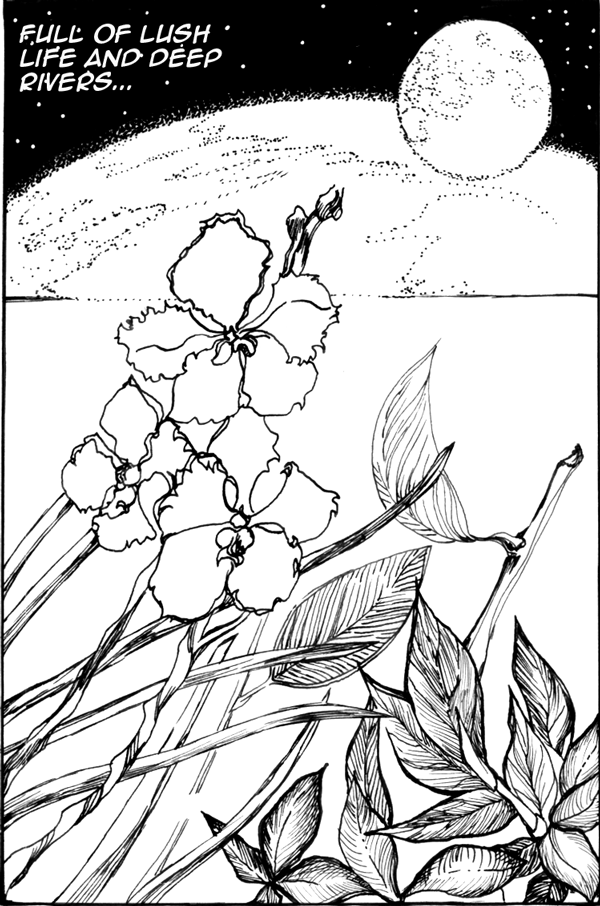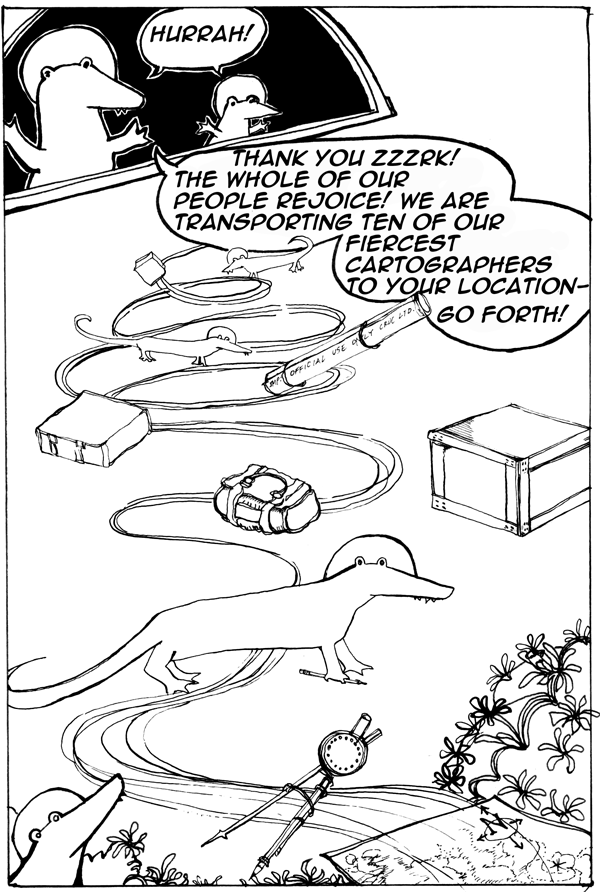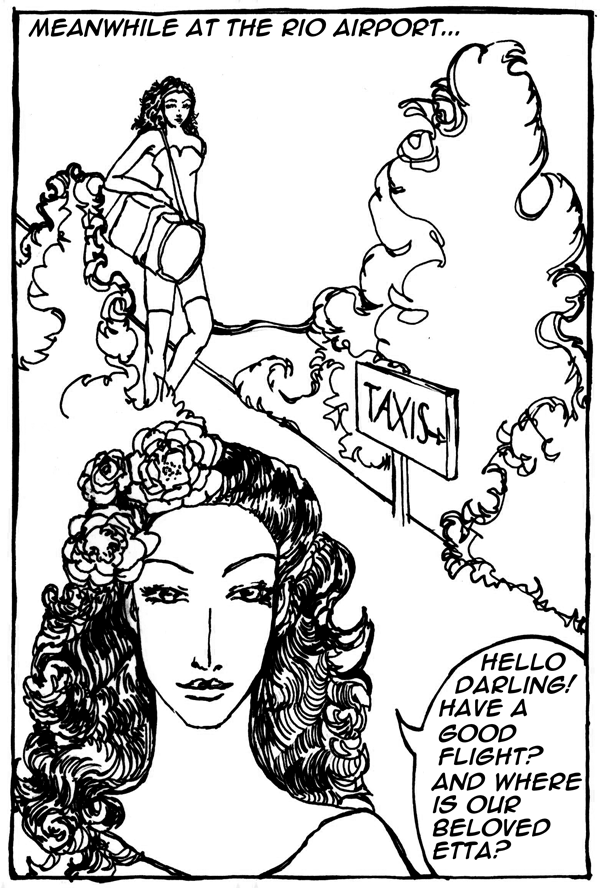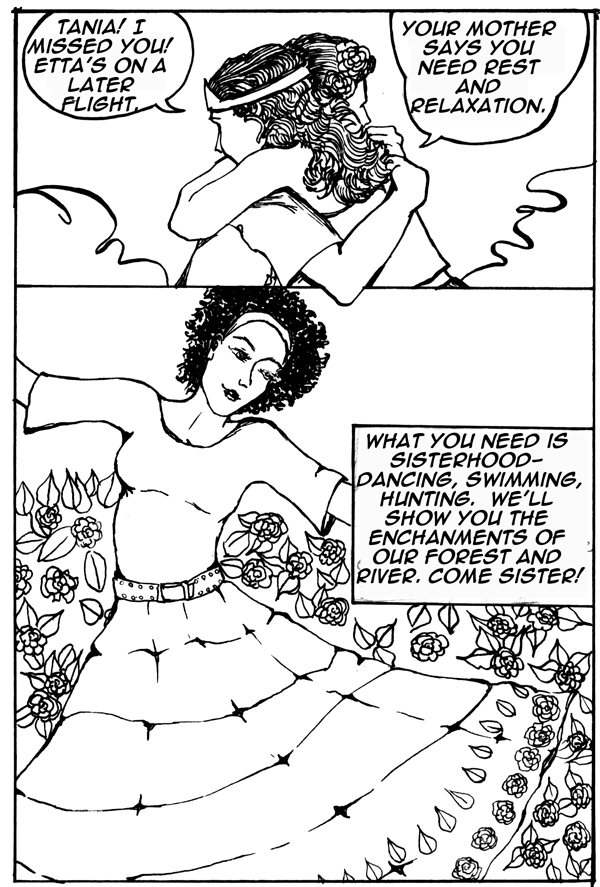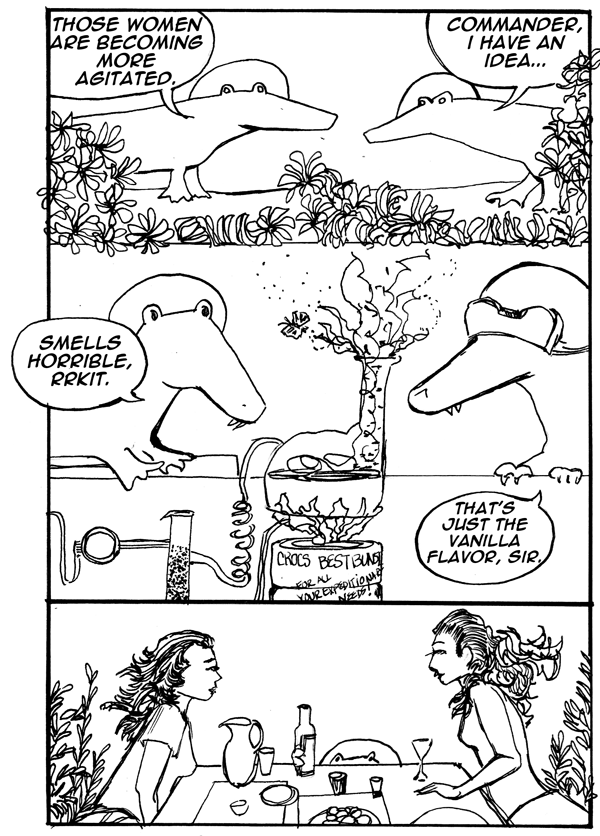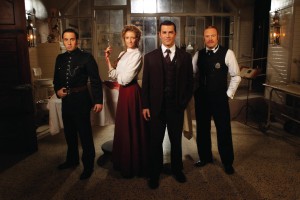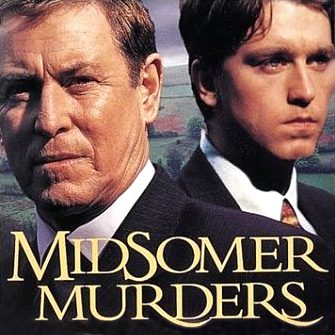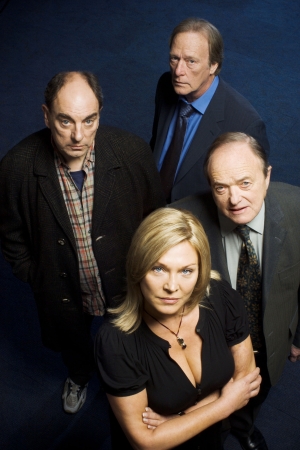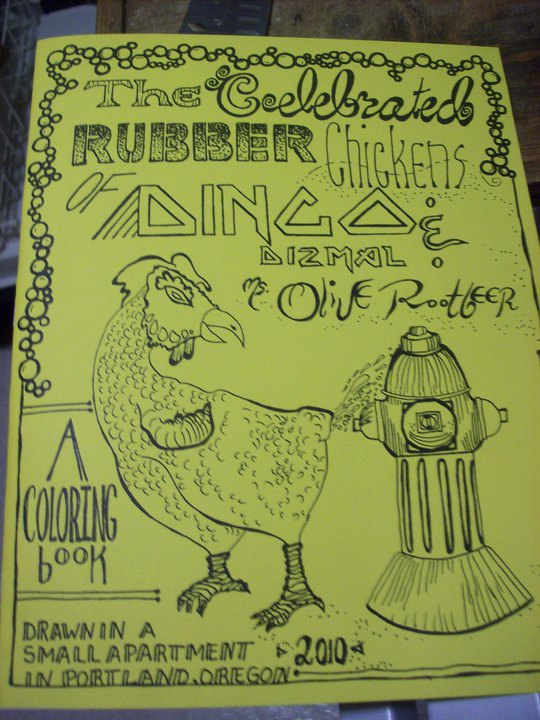For those who don’t know, Mercedes Lackey is a best-selling fantasy author. Her most famous works take place in the fantasy-country Valdemar, which is ruled by a Monarch and a group of people called Heralds. Large white magical horses with sapphire blue eyes and special powers, called Companions, “choose” people to become Heralds. The choosing creates a special mystical bond between the Herald and the Companion. Heralds are, by nature, good people who sacrifice themselves and use their gifts (including special empathy or mindspeech or firestarting Gifts) for the good of the kingdom. They cannot be corrupted or bribed, and the Companions always choose wisely. They also always wear white, and are unironically called Whites.
Back when I was a wee Vom, living in the rinky dink Midwest hellhole of conservatism, I ran across Lackey’s first series, the Arrows trilogy (Arrows of the Queen, Arrows Flight, Arrows Fall), which follows the adventures of a young girl named Talia who is raised among conservative Christians I mean, ahem, Holderkin, who believe that as soon as they’re menstruating fairly regularly (about thirteen) women must either marry or go into the Church, women are inherently inferior,a single man should have several wives, women should be barely literate, etc etc.
Anyway, Talia is different and loves to read. Her family hates her and one day, the chief wife tells her that she will be married off. Talia says she doesn’t want to get married,she wants to be a Herald and runs away, crying, wishing she could figure out a way to save herself and to help other people.
Suddenly, a mystical white stallion with sparking sapphire eyes appears to save her!
But, of course, he could not possibly be there to save her. She is not worthy, is unimportant, just a drab little farm girl with brown hair and brown eyes, boring, etc.
And yet Talia is Talia and she realizes that this horse, one of the famed Companions, must be lost and confused, and she knows her Holderkin relatives won’t help him, so she decides to help him herself. She sets out, alone and scared and confused, but determined to help this poor helpless mystical white steed with shining silver hooves to get the help he needs to return home safely, because that is how she rolls.
Damn, I love this book.
Yeah, yeah, you can’t possibly cram any more idfic young adult girl tropes into this story if you tried. I was going to say maybe if you added mystical talking Siamese cats to the mixture, but that actually does appear later in the Storms Trilogy, so hold that thought for now. Does Talia have a special destiny? What do you think?
The fascinating thing about this book is that Talia is actually convinced she’s supposed to help Rolan, the biggest baddest Special White Mystical Stallion of them all. Even though she has self-esteem problems, even though it’s hard, she is confident about some fairly normal life skills and is completely certain she can do those things. Rule a kingdom? No. Babysit a kid? Hell yes.
Anyway.
It’s not spoiling the story to say that Talia goes off to the capital and becomes a Herald-trainee and a Very Special Herald, called Monarch’s Own, or Queen’s Own. At first of course, she thinks she’d only get to help out the Heralds by doing their floor scrubbing or laundry, but naturally she has special inner talents that are hers alone and which she can use to help the world be a better place etc.
I don’t want to spoil the whole of the series, because if you haven’t read it, it’s actually pretty good, but I wanted to talk a bit about what it so special and why it holds such a dear place in my heart and then we get to talk about Vanyel. Ahem.
See, Lackey’s idfic Talia series is incredibly smart in some fairly crucial ways. Lackey-the-author via Talia-the-13 year old-POV-character sneers at the Holderkin in the first bit of the book–they’re misogynistic tossers who marry their girls off at 13 to husbands who beat them, so you can kind of see where she’s coming from in the Hatey McHateyPants. But while that shit did happen (and in some places still does I’m sure) it’s just not that simple. Talia believes (as people in those societies believe, although I don’t think Lackey the author does) that actually the early marriage part of the society is understandable and necessary, because in that section of the world, on the Border (think, oh extreme temperature parts of our worlds in Ye Olden Days, or possibly on the frontiers) the life expectancy is so young that you must breed young lest you die out. If your life expectancy is fifteen, then by having kids at thirteen, you keep the species going. Which is pretty fucking icky let me tell you what. And yet, again, the interesting thing about this book is that the older, wiser, kinder Heralds mostly go Ewwwwwwww no. Which could reasonably be interpreted as authorial disapproval or doubt, but at the same time, Talia and one other character argue back.
When I was young and inexperienced, I found the whole thing kind of horrifying. Nobody was marrying me off at thirteen, OK, but I did know some girls who got preggers at fifteen (and yes kept the baby), so there you go. Who thinks this shit is a good idea to do on purpose? But actually, having read history and having talked to many people, people in that particular kind of socio-economic group (that kind of death rate) do tend to think it’s a good idea and their longer living brethren also tend to drop their jaws and say hell no don’t even think of trying that shit here.
So anyway. There’s that, and it’s a fairly nuanced picture, but moving on past that to the bit that surprised me in rereading this series the most. Talia’s crappy childhood aside, she has a whole host of traditional female-coded skills, and these are the reasons she gets chosen. Or, sorry, Chosen.
See, one of Talia’s gifts is raising children. The Heir to the throne has been badly spoiled and so actually, Talia was chosen because she has powerful babysitting skills. Really. Because of her traditionally female strengths of child-rearing and empathy and lending a calming and sympathetic ear to those in trouble, she helps her beloved kingdom and saves the day.
Which is just not quite the pig farmer goes off and becomes Elite Swordsman kind of story.
It’s pretty subversive in that many of the chief figures in the books, like the Queen, hold gendered roles in non-traditional ways. The Queen isn’t a great mom, which might be normal text thing, as lots of wicked queens are terrible mothers, but this one is just humanly not very good at it and at a loss about how to improve. She’s overworked because of the whole running the Kingdom problem, and kind of let things slide out of uncertainty. Her chief counselor was an old guy who was embarrassed at giving advice to a pretty young headstrong woman. All of that is plausible and interesting and human and so much more fun than older women are wicked news at 11.
Right. So Talia, besides saving the kingdom with her elite babysitting skills, ends up with some rather cool friends and mentors. At this point, Lackey’s book slips out of a big fat fantasy series and into something I clutch to my heart and carry with me across various cross country moves.
Talia, who is a shy farm girl, befriends an retired and elderly Herald who is missing a leg. I type that and yet, it is only in the second rereading this week that I even realized that this Herald is what we, today, would call a person with disabilities. The guy’s missing a freaking leg! He walks with crutches or a cane, lost a leg in the war, and while yes that’s actually pretty normal for the time period, amputation being the solution to surviving gangrene, you have to remember that I actually am partially disabled myself. I walk with a limp and have to use a cane sometimes, and sometimes I don’t get to walk at all, and blah blah boring. But I’m usually hypersensitive to person-with-disability coding in novels and I completed missed this one, because I was too busy thinking about Jadus as Jadus.
And that, gentle readers, is really fucking awesome and why I love Lackey like burning, because she does this a lot.
It’s not that Jadus is portrayed with the leg and then it’s skimmed over. There’s a whole subplot about how this old guy with this war wound feels more and more useless and lonely as he ages and just sort of drifts into dreams of his younger years. But then he meets young Talia and they befriend each other. It’s sweet, actually. He’s playing his old harp, because he’s bored and sad, she eavesdrops, then he notices her. They bond over music and become….friends. Yes, his leg is a thing, but it’s just a part of him–a cranky difficulty making part, but not the only part. He’s a bunch of things–he’s a musician, he’s a mentor, he’s a old friend of the dead king, he’s good with a crossbow, he’s really thoughtful. So the leg is just one aspect to this character who has lots of aspects.
I can’t tell you how many of the stories I read about us crips and it’s Name + Disability wot Main Character Learns From. That just doesn’t even happen in this book. The leg never gets better, Jadus never uses it as a teachable moment, it’s just a truthful part of some warriors getting old. Most die young, some get wounded and retire, very very few are healthy and old and die in bed.
Another of her mentors, Keren, happens to be a lesbian. Keren is the riding instructor for all the Heralds–she’s the best at riding a Companion and teaches equitation. She’s strong and skilled. And….she happens to be married to another woman named Ylsa.
In the books I read as wee Vom, lesbians didn’t show up. If they did show up, they usually died or got turned evil or whatever. Nobody got to be a friend or a hero or a mentor and just happen to be lesbian.
Certainly they sure as hell never got to be master teachers of any kind of warrior prowess.
I mean really.
You can’t just have queer ladies going around doing normal hero mentor stuff, that’d be…weird. Or something. But this actually happens and happens more than once in Lackey’s world.
As a young woman, confused and kind of queer and stuck in the sticks….these books were a fucking revelation. Yes, I know Talia isn’t queer. But that wasn’t even the whole of the trope-overturning that Talia gets to do. Talia gets to lose her virginity to the hottest guy in the series and then decide, you know, that’s not actually the guy I want. Anyone who has read a lot of fantasy or romance or even, hell, watched TV will realize that this is not normally how that story goes. What do you mean the heroine of her own story gets to try out sex just for fun? That’s–that’s—quick, we can’t allow that!
But she does. And she ends up with the guy she likes. Who’s actually pretty homely. Did I mention that while Talia is attractive, she’s also kind of normal looking? Reddish brown curly hair, brown eyes. Normal.
There’s probably a law against making fairly normal looking girls excel at saving the world via traditional female skills like being a good listener or knowing how to deal with a toddler’s temper tantrums. Fortunately, Lackey never bothered to read that particular rule book.
Since this is already ridiculously long, I will add a few final notes:
The prose itself is often kind of bad. Lackey is very fond of putting italics in her sentences for emphasis–it wouldn’t be so bad if the italics weren’t so damn random. Also, people talking in Mindspeech use italics, and she uses regular text for reverse italic-emphasis and it all gets kind of Oh Dear. There’s also plenty of embarrassing levels of Id-fic. They’re shining white magical horses with sapphire eyes! Heralds wear Whites! And so on. We’re talking genre genre genre here. Sometimes Lackey forgets how to spell her own characters’ names or screws up on small bits of continuity. The middle book of the series lags, as many middle books do. The villain is kind of predictable, and the final book includes some really upsetting sexual violence. Not all of Lackey’s trope-overturnings are effective and as a youngster, I wasn’t always savvy to the difference between Historical Accuracy of Ye Olden Times and what the author might have believed to be a good idea.
Her other series that I love, the Vanyel series, is something I will need a whole separate essay to discuss.
To end, these books are not perfect. Far from it. But for the eighties, when I read them, they were fucking amazing. They’re still pretty amazing to me now. I love them. If you’ve never read them and you enjoy id-fic fantasy with sparkly-hooved spirit horses, give them a try.

